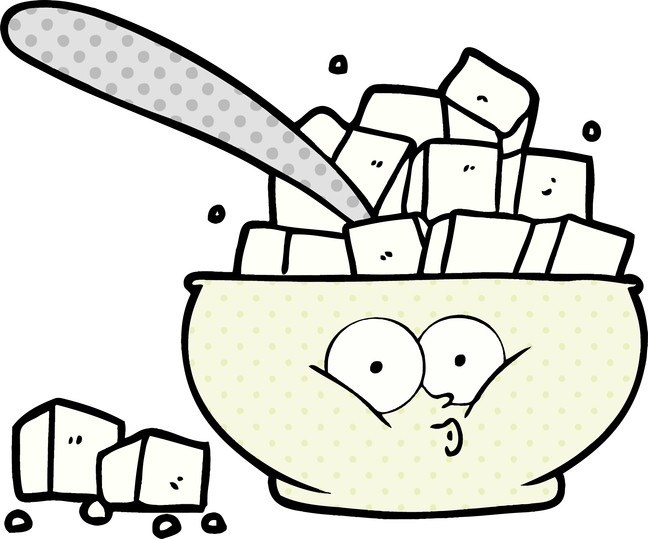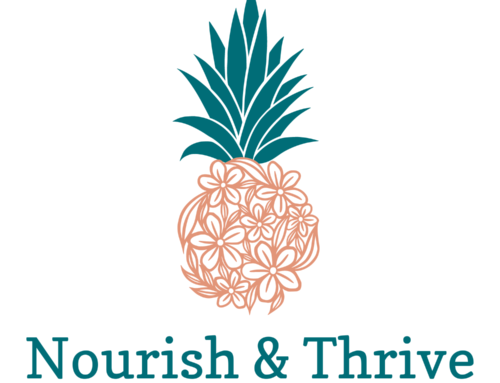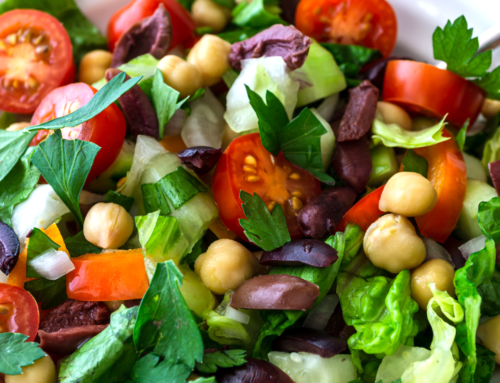Today, I was inspired to finally write this post! Thank you to US News and World Report for a wonderful article about the impact of sugar and poor diet on teen mental health.
Let’s talk about sugar – a topic near and dear to my heart. I get to have a lot of conversations with clients about sugar addiction. Although we specialize in therapeutic cooking, many of our clients are not chronically ill. They are normal people who are trying to lose some weight, don’t have the energy they used to or just want to eat better because they realize that it’s important for their health. Sometimes they are families with kids who don’t feel well and are being put on a gluten-free, sugar-free and dairy-free diet for a while.
One of the first topics of conversation usually turns to sugar. Many people tell me they have been eating “poorly”, which most often includes processed foods and sugary drinks and snacks. This is a great start because they realize that there is a problem and want to get off sugar. Over the years, I have worked with a lot of people and heard a lot of stories. I have become convinced that sugar is just as addictive as tobacco and alcohol, but there are no age limits on using it and it’s in almost every item sold at the store! Well, no wonder everyone is addicted to sugar!
I was delighted to see the following paragraph in the above article:
“A growing body of evidence shows that sugar and refined sweeteners act more like addictive drugs than food, creating a high and then a crash. Like drugs (though to a lesser extent), sugar and processed junk food flood the brain with the feel-good chemical dopamine; excess levels of dopamine significantly change the natural functions of the brain over time, impacting mental health. In a 2011 study conducted by Yale University, looking at a milkshake activated the same reward centers of the brain in people with addictive eating habits as are activated in the brains of cocaine users. In another study, rats preferred sugar water to cocaine, even when they were addicted to cocaine prior to the study.”
I don’t think I have much to add, except applause that finally there is research on this topic. The article also does a great job of discussing the physiological impacts of sugar on the body, such as reducing the activity of a key growth hormone in the brain called BDNF (brain-derived neurotrophic factor) which is linked to depression and schizophrenia, as well as dementia and Alzheimer’s.
The question is not whether sugar is bad for you, but how to get off the treadmill of addiction with the least amount of pain and suffering. Fortunately, after working with many people over the past seven years, I have some insights into this issue. Here are some easy steps to follow that should make the process bearable, and please feel free to reach out to me if you are in our service area and want some expert help!
1) Evaluate all the foods you consume that contain sugar throughout the day. The first step to changing any behavior is to become aware of it. Sugar is hidden in all kinds of places aside from desserts – coffee, tea, processed foods, snacks, almost everything on the store shelf has sugar. The best way to become informed is to learn to read the package labels and see what is in the ingredients and how many grams of sugar are on the label. The label lists the ingredients by weight, so they are in order of predominance in the product. That is one clue to figuring it out. My favorite is just to look at how many grams of sugar are in each serving. If it’s more than five grams, I try to skip it. There are many types of sugar to watch out for:
- Corn syrup and variants
- Any type of sugar, including beet, coconut, palm, date, etc.
- Brown rice syrup (pretty much anything with the word syrup is a sugar)
- Cane juice and variants
- Barley malt
- Anything ending in “ose” – dextrose, sucrose, etc.
- Honey
- Agave
- Molasses
- Caramel
- Fruit juice and fruit juice concentrate
And this is just a small sampling! I’m sure there are many other types of sugar out there. Just read the number of grams on the label and that should help you sort it all out.
2) Make a plan. Once you have a list of where you are getting your sugar from, you can figure out which items are the easiest to change for you. Start by making the small and simple changes first, one at a time. Maybe you can start by substituting your sugary morning cereal with some low glycemic granola or a different brand that has less sugar in it. Add some fruit or berries for natural sweetness and flavor. If you are used to a sugary morning tea or coffee, consider adding some coconut milk for natural sweetness or reducing the amount of sugar gradually as you get used to it. There are also sweeteners like stevia, which is an herb and doesn’t have sugar in it.
3) Don’t try to go cold turkey. Sometimes, we become aware of all the things that we want to change in our lives and get really motivated to make big changes all at once. While this is admirable in helping us move towards a better set of decisions, we need to create healthy habits for long-term success. To do that, we need to put an infrastructure in place that actually will work for us and not to make giant changes that will make us miserable. For example, if you have a habit of drinking an afternoon latte or having a snack that will get you through the day, you need to find a replacement that will work for you before you chuck the latte out a window or you will be miserable all day. Focus on taking small but sustainable steps that you can maintain for the long term.
4) Make sure you have plenty of healthy food sitting around at all times. This is definitely the most important step in my experience. Everyone is busy with a full time job, kids, chores, family, etc. What happens when you come home tired and hungry and you don’t have something available to eat right away? Chances are high you will reach for that unhealthy snack or order take-out which is going to defeat your purpose. If you make sure to always have healthy meals in the fridge or freezer, you will be able to satisfy your hunger and cravings in a healthy way.
5) Always have dessert and snack options available. This is a corollary to the step above, which is that if you don’t have a healthy treat, snack or fruit available when your craving hits, you are going to reach for that sugary treat. My tried and true approach is to provide better options such as lightly sweetened almond cookies, sweet potato brownies, etc.
6) Resources and support programs. Many people believe that the way to get off sugar is to stop eating sugar altogether for 21 days. While this approach is effective, it often gives people withdrawal symptoms just like caffeine – irritability, headaches, brain fog, etc. If you want to go this route, I would recommend two of the most popular programs: The Whole 30 and the 21 Day Sugar Detox. Both have extensive on-line communities geared towards giving you support and lots of recipes to get you going.



